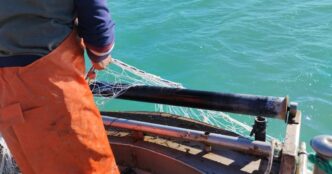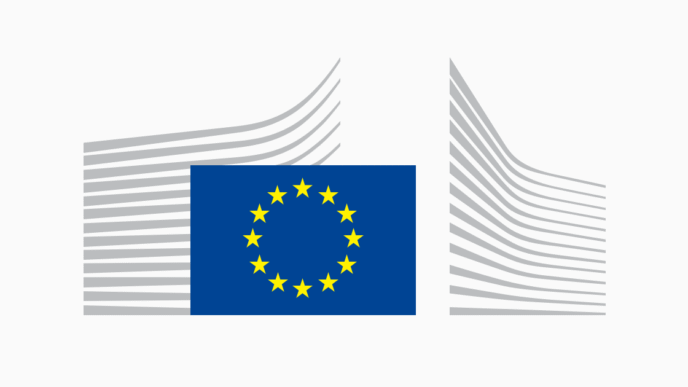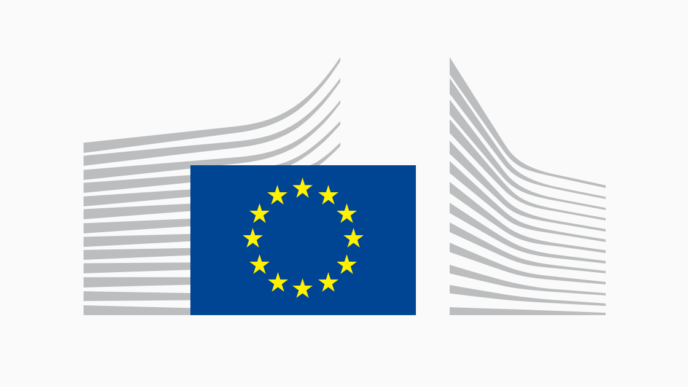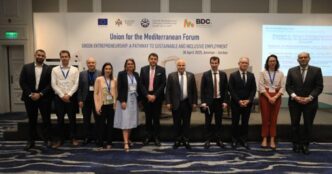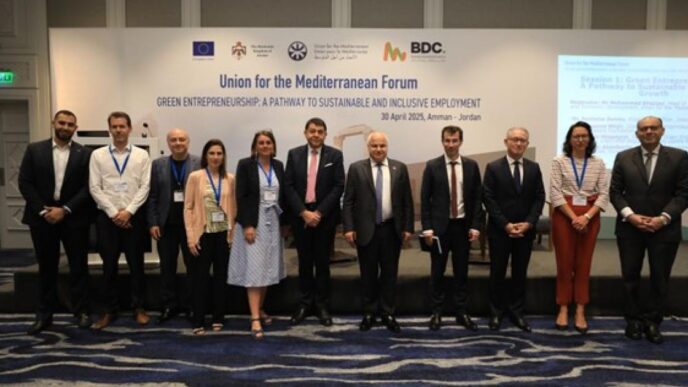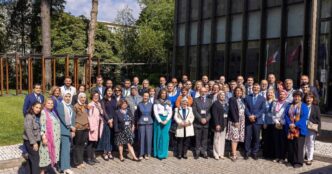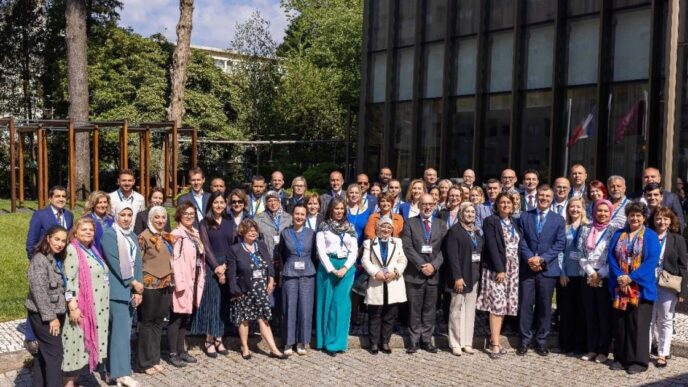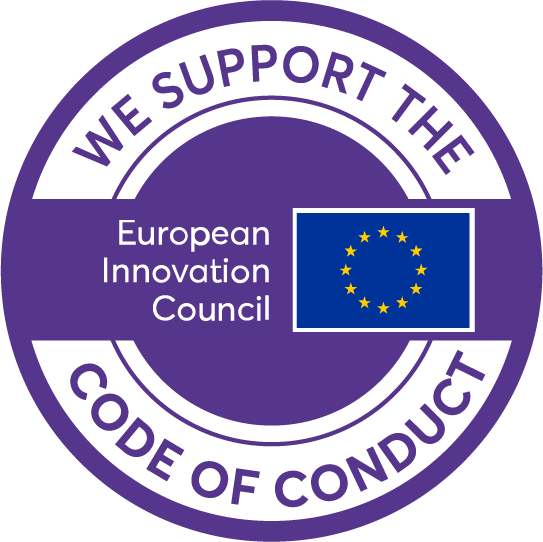Around 550,000 tonnes of fishing gear have accumulated in the European Economic Area, with 12,000 tonnes added annually. The Fishing Without Plastic (PE.S.PLA) project aimed to combat this by developing biodegradable materials for artisanal fishing gear, reducing environmental impact. The project aligns with EU and regional goals for innovation, sustainability, and reducing ghost gear and microplastics in fisheries.
The ghost fishing problem
The region of Puglia has a long history of coastal artisanal fishing, using mostly passive gear like gillnets, longlines, and traps made from durable synthetic fibres.
However, the durability of these synthetic materials can become a problem in the long term. As Roberto D’Ambra from the Agricultural Association explains “Losing or not being able to recover fishing gear like nets, traps, and longlines after accidents means they just keep on catching fish because of the durable materials they’re made from, like nylon and polypropylene. Environmentally, lost nets can suffocate the sea life on the ocean floor and mess up the whole food chain.”
The lost gear has long term effects with one study from Tuscany finding that a 1,000-meter lost trammel net could catch up to 14 kilograms of fish daily over five months.
“For us in the fishing industry, it’s crucial to care about the environmental impact of our lost gear and the ghost fishing that results from it. Ghost fishing is about how long and how well the materials can last in the water.”, said Roberto D’Ambra.
From lab to sea
To combat marine pollution and ‘ghost fishing’ from lost gear, the PE.S.PLA project brought together researchers, artisanal fishing operators, yarn and net manufacturers, governmental bodies, and regional institutions to research and develop biodegradable artisanal fishing gear.
“EU funding made it possible for us to explore biodegradable fishing gear, which could drastically reduce this ghost fishing problem. It’s not just about the research, it’s about making a real difference to our marine environment and the future of our industry.”, said Roberto D’Ambra.
The project developed biodegradable fishing gear prototypes, conducted research on sustainable materials, and collaborated with fishing sector organisations to design biodegradable alternatives.
Advancing sustainable fishing gear design
Pioneering biodegradable fishing gear research enabled the PE.S.PLA project to lay the groundwork for future innovation in the artisanal fishing sector.
More still needs to be done as the project initial trials indicated that biodegradable yarns are not yet viable substitutes for synthetic materials in fishing net production due to their fragility and low resistance and they also noticed some reluctance from companies to invest in the development of new materials for artisanal fishing gear.
In the EU, there are several projects which have been working on this topic, including for example the INdIGO – INovative fIshing Gear for Ocean project which focused on static gear (e.g. gillnets, trammel nets and traps etc.).
Pioneering biodegradable fishing gear must take into account the fact that there are no recognised standards for biodegradability in the marine environment, due to highly variable degradability conditions at sea, which depend on physical and chemical factors such as temperature and light. This calls for further research and for appropriate management measures.
